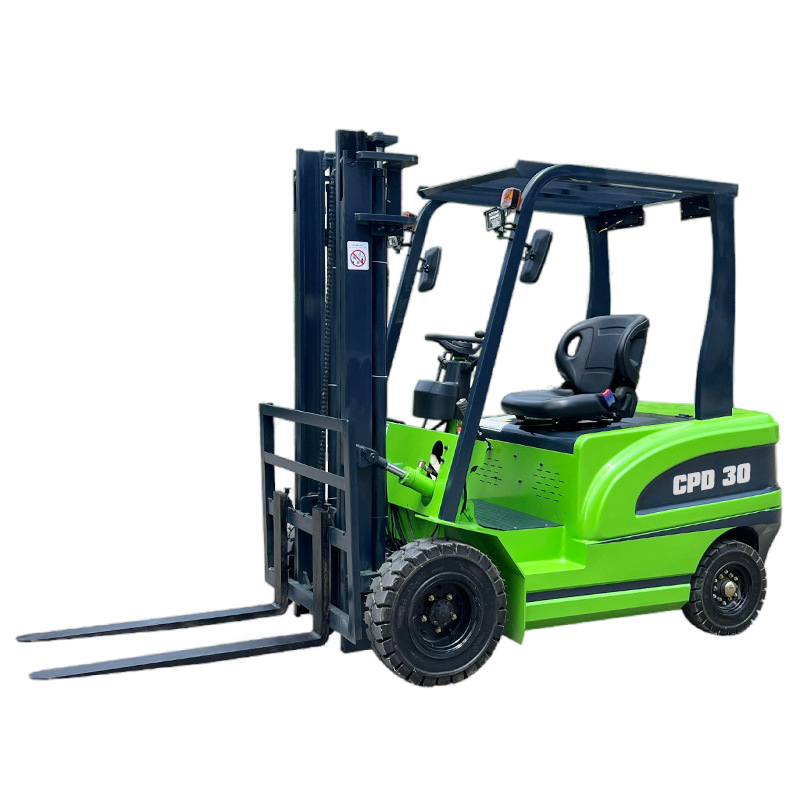The daily maintenance of electric forklifts should focus on three key areas: battery, core components, and safety system. Through brief daily inspections and cleaning, potential malfunctions can be prevented and the service life of the equipment can be extended.

I. Battery System Maintenance (Core Link)
- Cleaning and Inspection: After operation, wipe off dust on the battery surface with a dry cloth. Focus on checking whether the battery terminals are loose or have an oxide layer. If there is oxidation, clean the terminals with a sodium bicarbonate solution and then wipe them dry.
- Battery Level Management: Record the remaining battery level daily. Ensure timely charging before the battery level drops below 20% to avoid battery damage caused by over-discharging.
- Charging Specifications: Use a dedicated charger matched to the equipment. Before charging, confirm the battery temperature (it needs to drop to normal temperature). Cut off the power immediately after the battery is fully charged; long-term floating charging is prohibited.
II. Inspection of Core Components
- Hydraulic System: Check if the hydraulic oil level is within the standard scale. Observe whether there is leakage from oil pipes and joints. Operate the lifting and lowering functions to confirm that the movements are smooth without jamming.
- Travel and Braking System: Inspect the tire wear condition—tires need to be replaced if the tread depth is less than 1.6mm. Test the brake pedal stroke and sensitivity to ensure effective braking when the forklift is in both no-load and full-load states.
- Forks and Chains: Check if the forks are deformed or cracked. Keep the chain surface clean and apply special lubricating oil to prevent rust. At the same time, check the tightness of the chains; adjust them in a timely manner if they are too loose or too tight.
III. Inspection of Safety and Auxiliary Systems
- Warning and Lighting Systems: After turning on the equipment, test whether the turn signals, headlights, and warning lights are on normally. Sound the horn to check if the warning sound is clear and loud.
- Instrument Panel and Operation Controls: Observe the indicator lights on the instrument panel to ensure there are no fault alarms (such as battery fault lights or hydraulic fault lights). Test the joysticks and steering wheel to confirm they operate flexibly without jamming or abnormal noise.
The overall time required for daily maintenance is approximately 10-15 minutes, and the key lies in "persisting in doing it daily".



